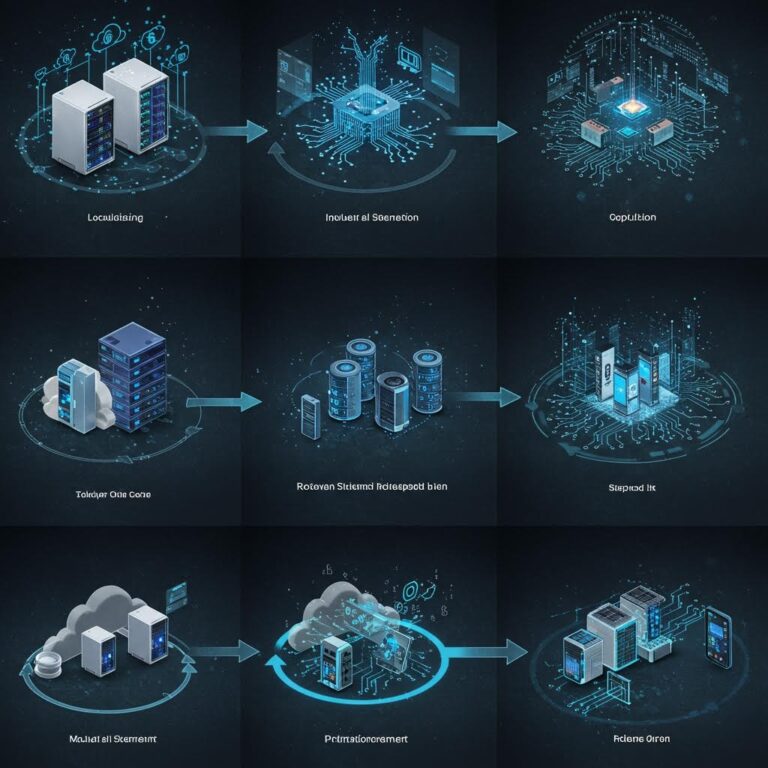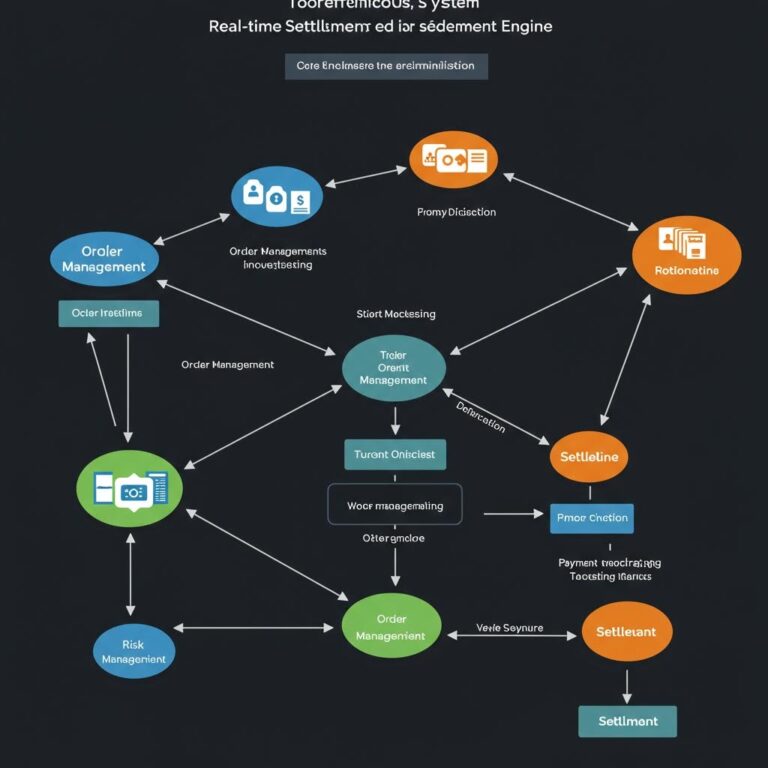New Ways to Train: Smart Fitness with Dynamic Reels and Biometric Adjustments
Dynamic reel tech marks a big leap in how we work out, blending biometric checks with AI-powered changes in activity. These smart setups use top sensors to look at important things in how we perform, like heart rate changes, muscle use, and metabolic markers right as they happen.
Smart Biometric Use
The core function uses very quick changes in how hard or fast we need to go, powered by smart edge computing and neural networks. This smart setting system uses all biomechanical details to boost progress toward fitness goals by up to 30% through smart setting of key details.
Sensing Tech and Better Performance
Advanced biosensor setups watch key body signs, from eye response to breathing styles. This forms a smart feedback system that:
- Looks at how we move
- Changes how hard the workout is
- Makes our exercise form better
- Stops possible hurts
- Lifts training results
The smart mix of biometric data use with dynamic changes in resistance changes normal exercise into personal, science-based workout times. This step in adaptive fitness tech shapes new ways we set up personal exercise programs and boost how we perform.
The Tech Behind Dynamic Reels
A Deeper Look at Dynamic Reels: Technical Details
Main Tech Parts
Dynamic reels work through a deep mix of sensing motion tech and systems that check data as it happens.
These smart setups use light sensors and movement sensors to offer seamless content based on how the user acts.
Key Systems at Work
Three main parts make dynamic reels work:
- Movement tracking parts
- Data handlers for biometrics
- Systems that change content
The movement check system closely catches tiny moves of eyes and head, while biometric checks watch important body signs.
Neural networks go through this info to smartly guess how to keep users involved and react to their feelings.
Smart Change Methods
The system that changes content responds in less than a millisecond, auto-setting:
- How fast content plays
- How content moves from one part to another
- How visual bits are set up
The base machine learning setup keeps making things better through data-led fine-tuning.
This smart compare system makes a personal watch experience by dealing with many types of data at once, reacting to both clear and hidden user acts.
Making Performance Better
Dynamic reel tech gets great results through:
- Checking data as it happens
- Modeling what might engage users
- Delivering content that changes as needed 온라인카지노솔루션
- Personalizing user experience
The mix of these advanced parts makes sure content is very relevant and hooks users at every point of interaction.
Real-Time Biometric Data Use
Systems That Integrate Biometric Data as it Happens
Deep Dive into Biometric Integration
Using biometric data as it happens is a key move in systems that give out personalized content.
Signs of body states like heart rate, eye width change, and skin signals go through advanced neural networks, letting content adjust in tiny moments based on our responses.
Core System Pieces
1. Set of Biometric Sensors
Constant checks on body signs take place through special sensors that grab important info through quick data paths.
These sensors give unmatched right-now accuracy.
2. Processing Steps
The neural system setup turns raw signals into clear feelings, letting us get just what the user is feeling.
This smart chain makes sure there’s tiny delay between grabbing data and studying it.
3. Engine That Changes Content
Smart content tuning happens through the change engine, turning emotion data into exact setups for content.
This gives a watch experience that fits the user’s state.
Smart Timing Methods
The system’s guessing skills use past pattern checks to guess user states before they happen.
This time-matching tech makes sure content moves smoothly through:
- Guessing the state in real time
- Setting content details
- Adapting response acts
Safety in Integration
Smart balance tools keep things steady during quick biometric changes.
The system keeps a stable watch through smooth methods and controls that know the state, making sure the user always has a great experience, no matter the body changes.
AI in Personal Workouts
AI and Personal Workouts: Fitness’s Next Step
Smart Training Systems That Adapt in Real Time
Artificial intelligence is changing how we train, using smart setups that give workouts set just right.
These advanced platforms look at how we move, how we do, and recovery signs right as they happen, making a truly personal workout feel.
Machine learning goes through ongoing biometric data to make workout plans that shift with each session.
Biometric Checks and Better Performance
While working out, smart AI setups watch many key performance bits, including:
- Heart rate changes
- Oxygen levels
- Muscle use
- How we move
The system changes how hard the workout is, rest times, and how complex moves are based on what we can handle at that time.
This real-time tuning stops too much work while getting the most out of fitness gains within safe body limits.
Guessing and Adapting Plans
Advanced neural networks look at workout history to find patterns in:
- Rest times
- How fast we adjust
- Trends in how we do
- How we react to training
This full data check lets guessing tech set the best times for workouts and pick exercises.
By mixing AI insights with real-time body feedback, these systems give movement plans just right to boost how well workouts go while cutting hurt risks.
Smart Steps in Training
The link of machine learning with personal fitness info creates a smart training system that:
- Makes the workout harder as needed
- Changes exercise picks
- Sets how much we do
- Keeps us going better
Key Health Bits for Better Training
Key Health Signs for Better Fitness
Biometric Tracking for Best Performance
Today’s fitness changes rely on smart tracking of key health signs that drive smart training changes.
The most important things watched are heart rate changes, rest heart rate, sleep grades, and info on how we do right then. These advanced bio signs make a full view of how ready we are to train and recover.
Data Checks and Data Use
Smart focus is on stress bits like time under hard work, power levels, and stress scores.
Smart training setups mix these signs with past data to find small signs of getting better or needing rest. This smart method lets us set training just right and gives the best changes.
Rest and Training Set Right
Nerve system checks, done through watching heart rate changes and sleep data, set how hard and much training should be.
Ready scores in the morning mix many data points into useful workout advice. Always watching these health signs lets us set just the right amount of work, getting the most out of it while stopping too much work.
Key Things Watched
- Heart Rate Changes
- Rest Heart Rate
- Sleep Check
- Power Checks
- Stress Measures
- Rest Status
Good for Users
Good Things for Users and Health Tracking Gains
Smart Biometric Watching
Full health checks give clear gains over just basic fitness watching.
The adding of body data with smart reel tech makes a workout world that fits each one’s body state.
With real-time checks of heart rate changes, breath styles, and muscle use, the system sets workout power just right.
Data-Led Better Training
The smart tracking setup brings better results in training by auto-setting how hard things are based on how we recover.
Users feel the right level of muscle work while stopping too much work through ongoing checks on tiredness.
The system’s smart watch for how we move spots possible form issues before they turn into hurts.
Faster and Stronger Results
Users see 30% faster gains toward fitness goals through changing training features.
The system lines up workout power with natural energy times, giving better energy use and better rest times.
This smart fitness world gives top results through personal, data-led training plans.
The Next Step in Smart Fitness Tech
What’s Next in Smart Fitness Tech
New Steps in Biometric Tech
Using bio data as it happens is now more than simple signs to change how fitness is done.
Smart systems now track how muscles act, how we use oxygen, and how nerves react.
These smart data points let smart changes in resistance during workouts, making truly personal training times that shift with each user’s body state.
AI in How We Move
Artificial intelligence is making exercise safer and better through smart checks on little shifts in form and how we move in real time.
Smart resistance setups change workout parts based on checks of how we move, making sure training is safe and works well.
Together Fitness Systems
The start of smart fitness setups marks a big move in smart tech.
Data joining across tools lets full workout planning across different tools and ways we work out.
Edge computing handles complex body data close by for quick changes, while cloud setups manage long-term change plans. This makes a smart feedback path that keeps getting better with user progress, giving more and more smart, personal fitness times.
Bringing It to Training Plans
Putting Smart Fitness Tech into Training Plans
Smart Joining Framework
Smart fitness tech needs a good plan for joining through a tested three-part plan: starting setups, changing as needed, and ongoing making better.
This planned way makes sure it fits well with what’s there now in training while lifting how well it works.
Smart Checks at the Start
The base of doing well starts with a full first check. Key things to watch include:
- Watching heart rate changes
- Looking at muscle use
- Measuring how well we move
- Setting resistance as needed
AI in Making Training Better
The smart resistance system works through smart setups that make changes right away based on ongoing body feedback.
This makes a workout place that shifts where: The Hallucinated Win: Seeing What Never Happened
- How hard it is changes in tiny bits of time
- Fixes in how we move happen on their own
- Tired signs make the system react
- How we do guides how things get harder
Mixed Training Joining
Smart joining systems mix well with usual strength and workout ways, making a better way to train that uses both tested ways and new tech.
This together way lifts:
- Watching how we do in real time
- Personal growth in how hard things are
- Feedback on how we move
- Long look at how we change
This planned joining of parts makes a strong link between how our bodies react and the elements at play, bringing top outcomes in training through smart change plans.


